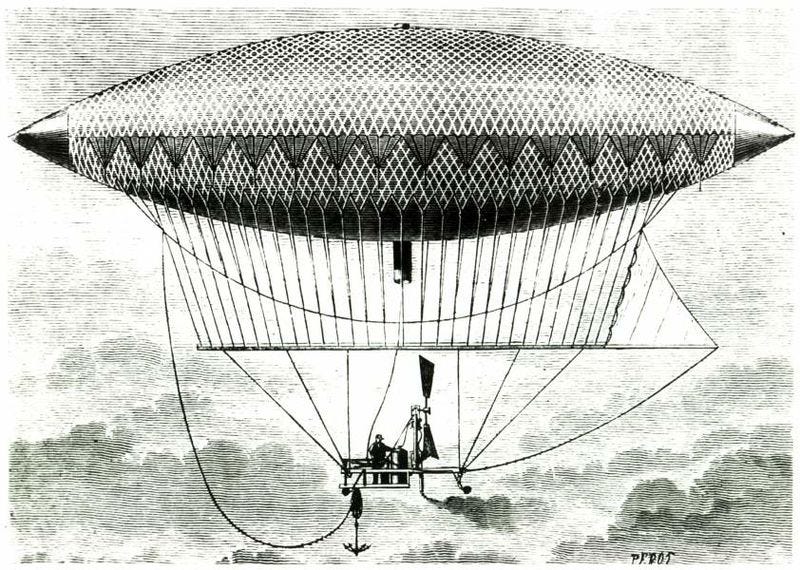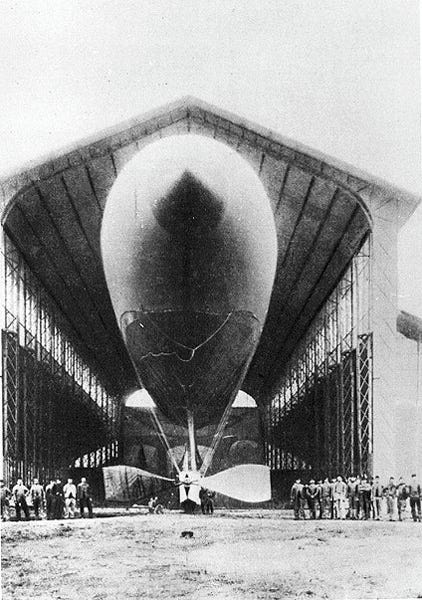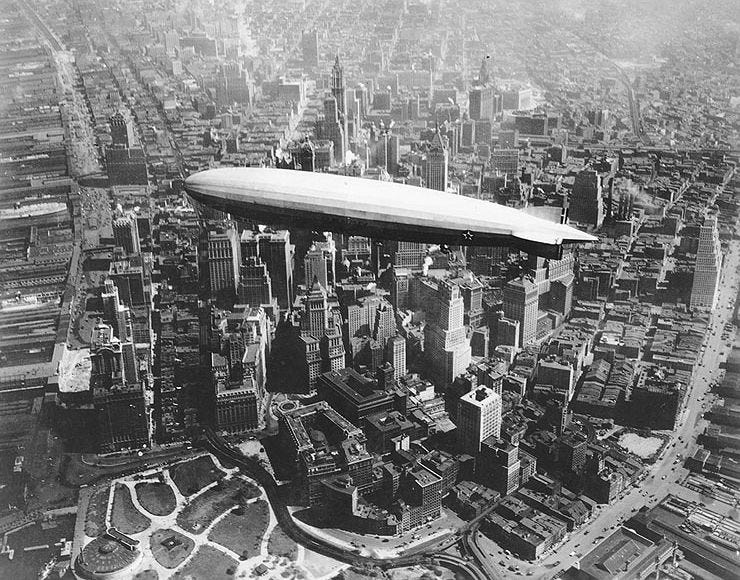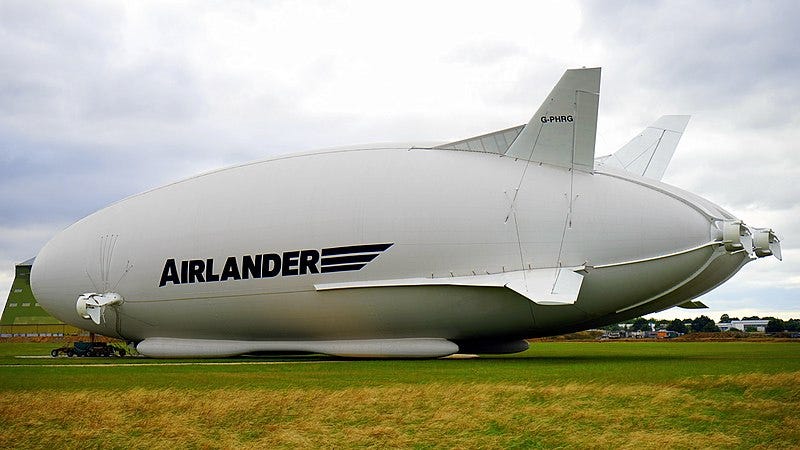Reviving Airships: The Fascinating Journey of Lighter-Than-Air Travel
Written on
Chapter 1: The Rise and Fall of Airships
The inception of lighter-than-air vessels marked the beginning of human flight, predating the advent of what we now consider conventional airplanes. Throughout the early 20th Century, airships such as the Akron, Shenandoah, Los Angeles, and Hindenburg dominated the skies. However, their legacy is marred by tragedies, notably the catastrophic end of the Hindenburg. Despite their seemingly straightforward design, airships represented remarkable engineering feats that continue to captivate our imagination.
As airships began to appear in the late 1800s, public intrigue grew. Many people had no frame of reference for these aerial vehicles, leading to speculation about possible extraterrestrial origins. This theory, while unsettling to some, proved to be a lucrative topic for newspapers at the time.
The bulk of reported sightings occurred between 1896 and 1897, with thousands of individuals across Texas, California, Nebraska, Oklahoma, Missouri, and Arizona claiming to have seen these mysterious crafts. Witnesses described them as sizable, often equipped with bright lights illuminating the ground, and in some instances, even claimed to have heard voices from the piloting crew.

Notably, reports of crashed airships surfaced as well, with the 1897 incident in Aurora, Texas, being one of the most famous. Allegedly, a vessel collided with a windmill, resulting in the death of its pilot, described by witnesses as "not of this world."
In an era devoid of the internet or television, newspapers served as the main source of information, leading to slow news dissemination—sometimes taking months for updates to travel. The origins of airships can be traced back to the hot air balloon invention of 1783, although early pilots were at the mercy of the elements.
The first significant milestone towards controllable airships occurred in 1852 when Henri Giffard successfully flew a steam-powered craft. Although it struggled against the wind, this marked a pivotal advancement in aviation technology.

In 1872, Paul Haenlein achieved another breakthrough with the first airship featuring an internal combustion engine. However, like Giffard's, it remained tethered and had limited range. The first fully controllable airship, La France, was completed in 1884 by Charles Renard and Arthur Krebs, capable of making round-trip flights.

The late 1800s witnessed a surge in airship sightings, yet there were not enough operational airships to account for all reported phenomena. Various designs were being tested, and it's likely some of these sightings were genuine. However, government secrecy surrounding military airship projects may have fueled speculation, while sensationalist journalism of the time exacerbated the situation.
Many reported sightings were likely exaggerated or fabricated by eager newspaper editors seeking attention. Coincidentally, a significant number of sightings in 1897 occurred on April Fools' Day, raising further doubts about their authenticity.
After the turn of the century, advancements in airship technology led to the development of rigid airships, characterized by a metal framework covered by an envelope containing lifting gas, primarily hydrogen. The Luftschiffbau Zeppelin company produced the first of these monumental vessels in 1900, establishing itself as a leader in the field.

Despite their popularity in the 1920s and 1930s, airships were plagued by safety concerns. The highly flammable hydrogen gas led to numerous disasters, including the infamous Hindenburg incident in 1937. This tragedy not only claimed lives but also marked the abrupt end of the airship era.

The Hindenburg disaster effectively extinguished the prospects for hydrogen-filled airships. Yet, the dream of lighter-than-air travel persisted. Blimps, which utilize helium, have remained in service, albeit with limitations in size and capacity due to helium's properties.
Recent developments indicate a resurgence in airship technology. Air Nostrum has ordered ten airships from Hybrid Air Vehicles (HAV), known as the AIRLANDER 10. These advanced vessels are designed to carry 100 passengers and can travel 300–400 kilometers, with plans to enter service by 2026.

Airships are gaining renewed interest as they offer eco-friendly and cost-effective travel options. Their leisurely pace and visually appealing designs could lead to a future where airships once again grace our skies.
In summary, while those seeking evidence of extraterrestrial life in late 1800s airship reports may be disappointed, the history of these remarkable crafts is undeniably fascinating. They represent a significant engineering achievement from a bygone era, and for those of us not present during their initial heyday, the new age of airships is on the horizon.
Chapter 2: The Future of Aviation Technology
As we explore the future of aviation, it's essential to consider how airships might play a role in modern travel.
The first video we will discuss is titled "Why the Airship May Be the Future of Air Travel." This video delves into the potential of airships in contemporary aviation, highlighting their efficiency and environmental benefits.
Next, we have a video titled "What Is The Future Of Aviation Technology? | Science Fiction or Reality?" This video examines the evolving landscape of aviation technology, including the re-emergence of airships.
For those intrigued by this topic, feel free to follow my work on Medium. Your support is appreciated.